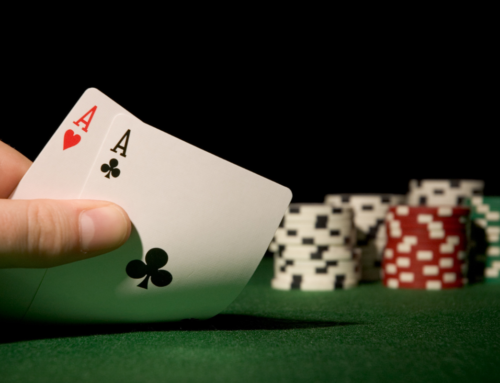There are many myths and misconceptions about the use and power of body language. Putting your fingertips together like a spider doing pushups in a mirror will not make everyone think you’re a super-intellectual. Looking up and to the left or right is not a reliable indicator of lying or remembering. Hooking your thumbs in your belt will not make you irresistible to women, guys. Sorry.
Given all the hype, is there any point in worrying about your body language — and everyone else’s — or can we all just be ourselves?
There are two good reasons to master the mysteries of body language. The first is that you can control the impression that you make on others, and the second is that you can become aware consciously what other people are thinking — sometimes before they themselves are aware of it. Becoming better at both these endeavors will serve you well in business and in life.
Most of the myths and misconceptions come from the 20th-century approach to understanding non-verbal behavior, which focused on those few gestures in every culture that have a specific, coded meaning. Holding up two fingers as a “peace” sign, for example, or making a circle of the thumb and forefinger to say “OK” in some Western cultures.
Researchers paid little attention to the unspecific hand-waving that accompanies speech because they thought it didn’t mean much in this coded kind of way. The result was that communications researchers and pop culture went on a hunt to decode as many gestures as possible in literal, one-of-a-kind terms.
Most of these so-called secrets of body language came about because of this misguided sense that gesture was a precisely meaningful result of some thought or expression. But body language doesn’t work like that, and recent brain research has made it possible to understand much more clearly how it does work and what it does mean.
The bad news is that all that vague hand-waving that accompanies speech is where the real action is. So rather than looking for specific gestures to decode (or to intimidate our colleagues with), we should rather be working to understand what the general import is of our body language and the body language of the people around us.
Here’s how it works. We get an emotion, or an intent, in the unconscious part of our brain. That intent or emotion is expressed first in gesture. Only nanoseconds later does the emotion or intent reach our conscious minds. We literally gesture how we’re feeling before we think (consciously) about it.
And that’s the good news. By mastering your own body language, you can appeal to other people’s unconscious minds, bypassing their conscious thought — or at least arriving in the unconscious before they realize it. By learning to read other people’s body language, you can know what they’re feeling or intending before they do. You can see a decision, for example, show up in body language before it arrives in the conscious mind of the person who’s waving her hands.
Because body language comes from emotion and intent, it tends to be fairly simple and mostly concerned with the kinds of things that matter in an evolutionary sense. Hunger, fear, trust, attraction, liking, disliking, anger, joy — these are the sorts of messages that body language reliably conveys.
Most of us are expert at reading these unconscious messages from people that we know well — family, close friends, co-workers we’ve known a long time. The more difficult read is of people we don’t know as well. But it is incredibly helpful to know what their basic orientation is when we meet them, or when we try to close a sale, or when we’re recruiting them.
In the same way, if we can master our basic emotions, like fear in a public speaking situation for example, then we can show up with confident body language that will ensure that we speak with impact.
Here are some basic things to look for when you’re first meeting someone.
Are they open to you, or closed? Are they friend or foe? Look to see how much they’re doing to protect themselves (closed) by putting their hands in front of their stomachs, for example. How close do they come to you? Do they stay close after shaking your hand, or do they draw away? We move closer to people we trust, and away from people that we don’t trust. And we humans are very adept at measuring small changes in body and head positions that indicate those emotions.
Instead of trying to decode (or impose) specific gestures, look for the general orientation, and for some basic issues. What matters to you in a particular situation will guide you in what to look for. If you’re trying to win a customer, look for signs of agreement and trust (head nodding, closeness). If you’re trying to recruit an employee, look for signs of alignment (mirroring). Body language is very basic, and very simple, but that doesn’t mean that it can’t convey powerful messages.








[…] to express your feelings. Your entire body is one moving and communicating entity. People read your body language from the way you’re standing, talking, and what your current facial features are. It either […]